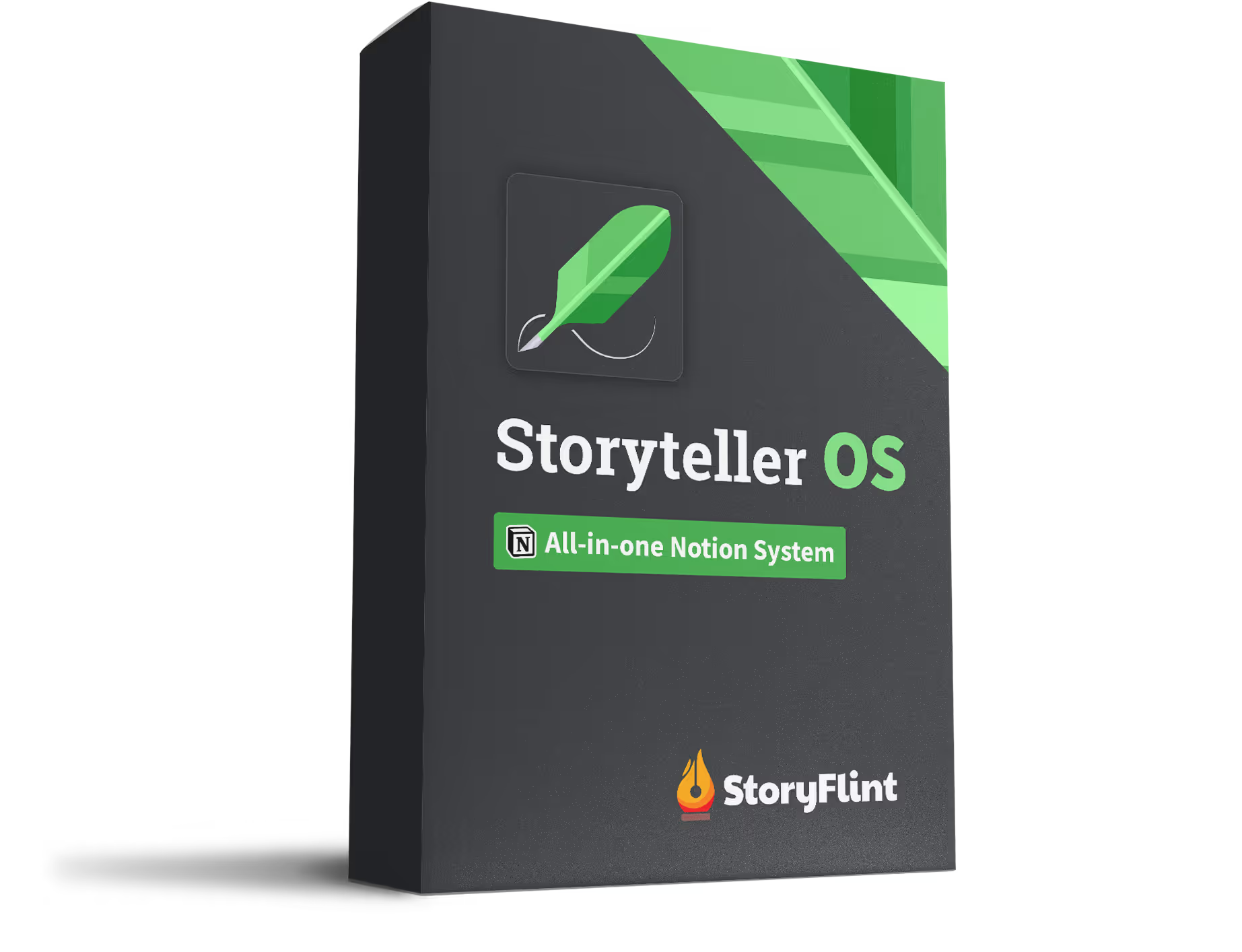What is rising action?
[.article-callout]Rising action definition: the events and increasing stakes that lead up to the climax of a story.[.article-callout]
Rising action is when the main character begins their journey into achieving their goal. The main character should face many obstacles and challenges as they pursue their goal, thus building the plot. Their reactions to these ever-increasing odds should produce a strong emotional response from them. The rising action should be strong enough to lift all events in a novel higher than they might otherwise go if unrelated events were inserted around them instead.
The key element in any novel, the rising action is important to provide continuity from one element into the next. If rising action is missing, then all other events within this part of your story may not be able to lead up to your climax.
How to build rising action in a story
Introduce the protagonist and their goal
The first thing you want to do to develop rising action for your story is to introduce your protagonist and his/her goal. Having a clear goal that your protagonist is working towards will help to determine the rising action and give the audience a clear direction of where the story is going from the beginning.
This goal doesn’t have to be something simple like, “The main character wants to buy a new boat.” It can be something more complex like, “After the death of his father, the protagonist is determined to find his long-lost brother who he believes is still alive. He travels around the world searching for him while dealing with the rising crime in his city caused by rising drug trafficking and corruption from police officers taking bribes.”
What this does is give your story rising action that will take it on a path towards conflict and rising climax. The rising action is what gets the antagonist and protagonist together so they can face off against each other to determine who wins (main character) or loses (antagonist).
Reveal a conflict that will impede the protagonist from reaching their goal
The whole point of any story is the protagonist overcoming obstacles that stop them from getting what they want. If there are no conflicts, then there is no rising action or rising climax.
An example of a character encountering conflict from reaching their goal is Frodo from Lord of the Rings: The Fellowship of the Ring. Frodo wants to return the ring to Mordor so it will not fall into evil hands, but when he tries to leave his home in Hobbiton with a new band of friends, they are attacked by Ringwraiths, orcs, trolls, Uruk-hai, a festering swamp graveyard–you get the point.
This rising action makes your readers gasp at their book and want more because there is danger lurking around every corner–it drives the plot forward by adding new surprises and obstacles between your character and their goal, which usually creates rising tension for the reader!
The best way to reveal the conflict is through the inciting incident of the story. The inciting incident is the catalyst that sets your rising action into motion. It’s what kicks the main character from the familiar world into the unknown where ever-increasing dangers will arise.
Give small victories as rising action for the main character & rising conflict for opposing characters (antagonist)
While rising action builds suspense, rising conflict escalates how much a character suffers by standing still or moving forward toward their goal.
When the protagonist completes a task this gives a small sense of accomplishment of rising action. But when someone or something opposes their ability to complete a task, it gives rising conflict for the opposing characters (antagonist).
You don’t want your story to be your main character losing again and again with no sense of achievement in between. That’s not rising action. It’s frustrating. And that hurts rising conflict and rising action because the reader gets disheartened when they read a series of events that don’t give them rising action or rising conflict.
Instead, make small victories along the way for your main character so rising action is built up. Along with this build-up for your main character, show rising conflict for opposing characters (antagonist) to emphasize how difficult it will be against these odds to get what you want in life.
Put the character in a situation that will conflict with their beliefs
Development of the main character’s beliefs over time can be a strong rising action for a novel. Establish your protagonist’s beliefs, then force their reversal, and boom — rising action.
What are your character’s beliefs? Is he a believer in God or perhaps an atheist? Does he believe that the government is necessary and can do no wrong or does he think that individuals should be able to decide how they live their lives without interference from an outside authority?
Build rising action by challenging the character’s beliefs and put them in situations where they have to make a decision that goes against them. Internal conflict is just as powerful, if not more, than external conflict. If you can break a character’s beliefs, then they must try to pick up the pieces and put their life back together.
Raise the stakes by making it personal for them
Near the climax of your story, rising action should be building up to a fever pitch. If there is rising action in your story, it needs to be rising higher and higher.
Add stakes. Make it personal for the protagonist. When you do that you are raising the stakes — making it more important for them than anyone else.
How do you make the stakes personal for the main character?
Take what they want most and put it on the line. It could be a relationship, it could be a career. Or it could be their life itself that they are taking away.
An example of this would be in the movie Die Hard where Hans is holding John McClane’s wife as a hostage because she is the reason he wants to keep living and in order for her to get out alive, he has to complete what he set out to do which was bring down Hans Gruber.
This is rising action at its best — rising higher and rising faster when you add stakes like this.
Show how the protagonist has changed as a person because of what they’ve gone through
Your protagonist should be changing as a person because of what they goes through. The rising action should affect them so much that they can’t go back to how things were before, even if they wanted to.
Before the climax of the story, write ways how your character has changed, how they’ve matured as a person, and see the world differently. This will show the effect of everything that has happened to the main character and make the effects of the rising action feel even more dramatic. Showing your character’s growth will make the climax feel earned.




